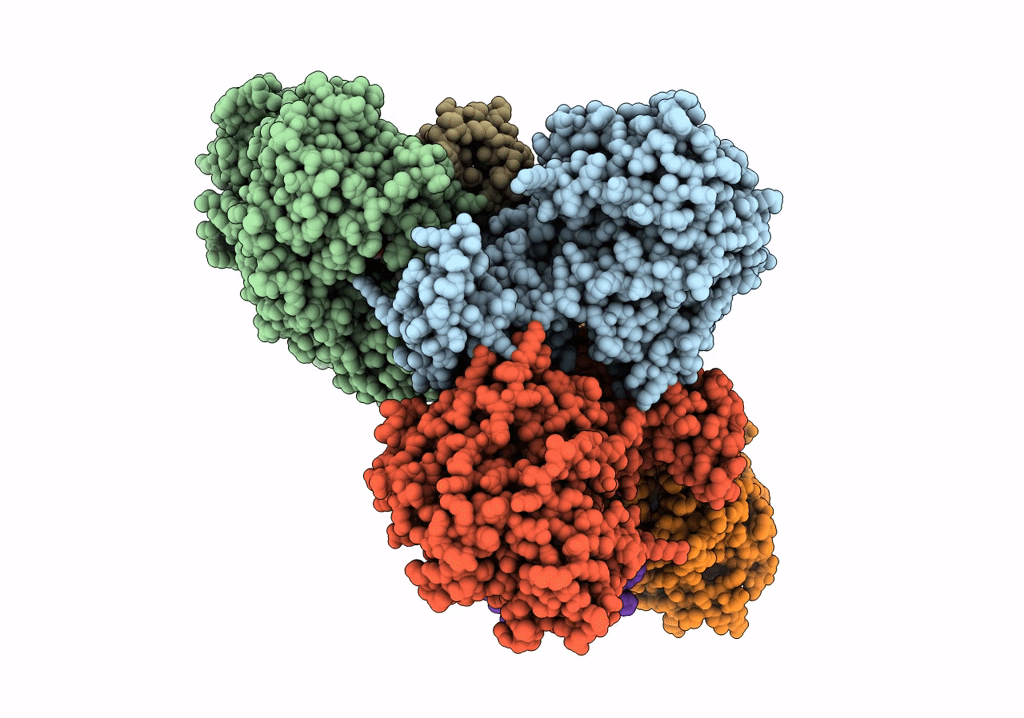
Deposition Date
2021-11-02
Release Date
2023-02-22
Last Version Date
2025-10-01
Entry Detail
PDB ID:
7Q4V
Keywords:
Title:
Electron bifurcating hydrogenase - HydABC from A. woodii
Biological Source:
Source Organism:
Acetobacterium woodii DSM 1030 (Taxon ID: 931626)
Method Details:
Experimental Method:
Resolution:
4.70 Å
Aggregation State:
PARTICLE
Reconstruction Method:
SINGLE PARTICLE


